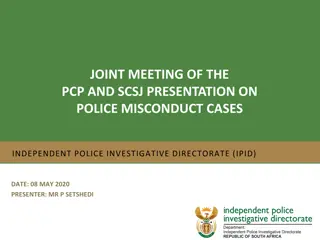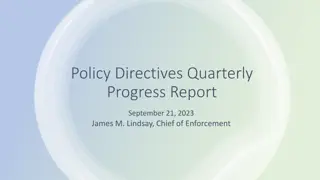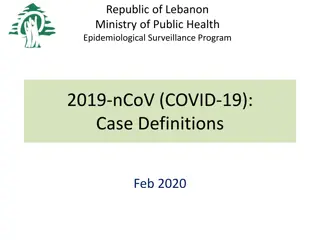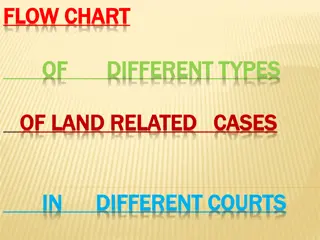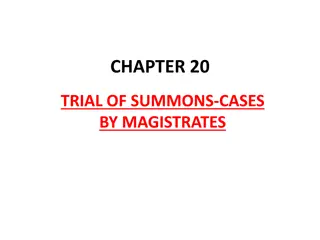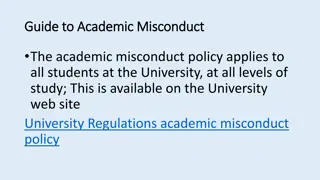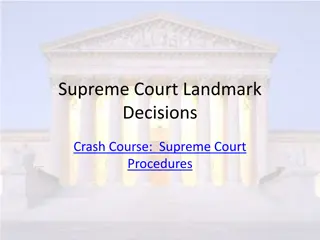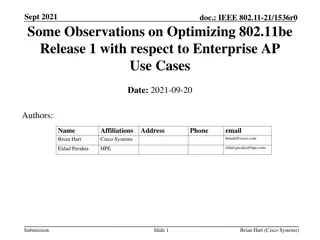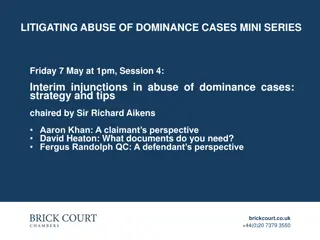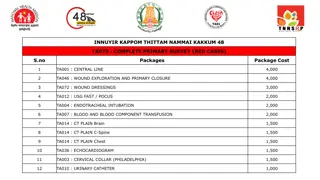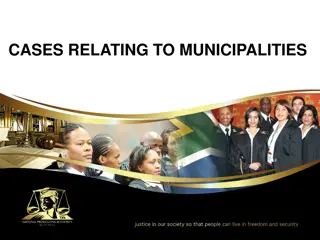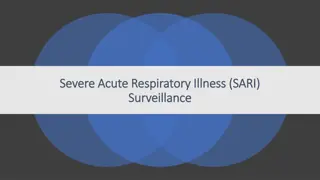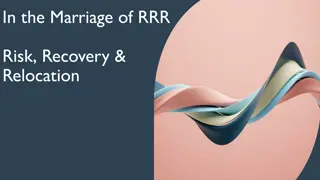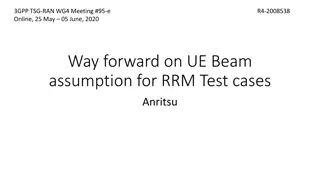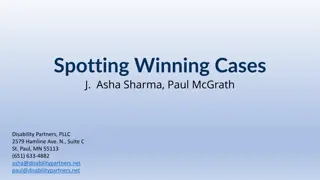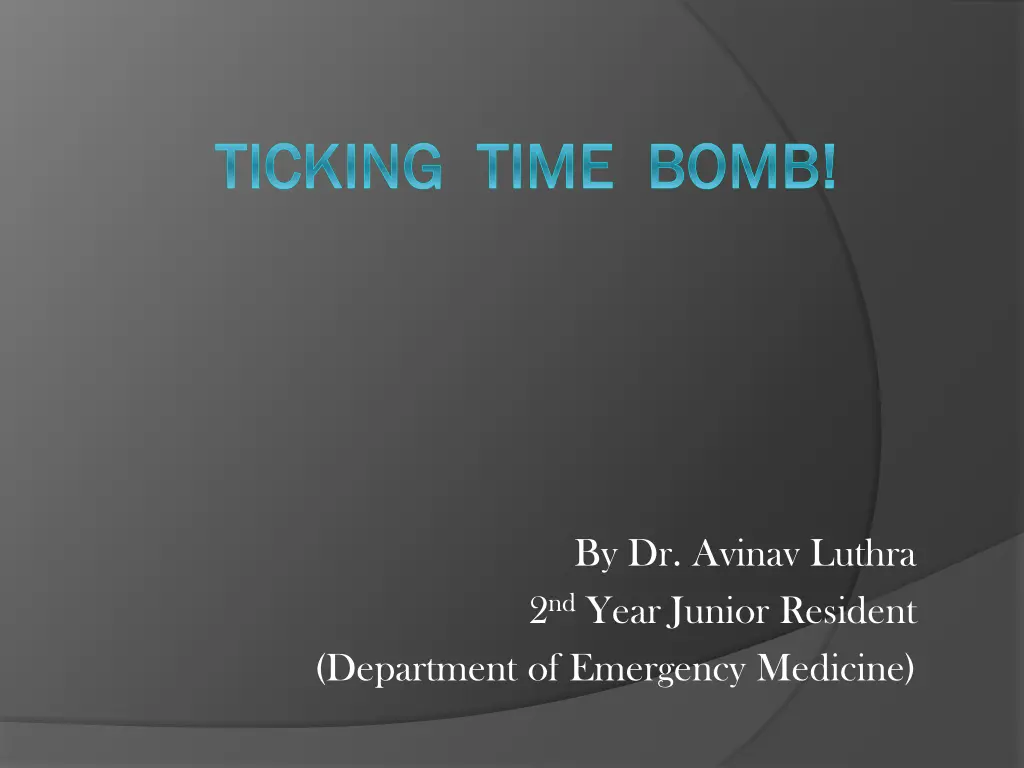
Understanding Cerebral Vein and Venous Sinus Disorders
Explore cases of patients presenting with various symptoms related to cerebral vein and venous sinus disorders, such as weakness, convulsions, altered mental status, and more. Learn about differential diagnoses, systemic examinations, imaging findings, blood reports, and treatment dispositions for these cases.
Download Presentation

Please find below an Image/Link to download the presentation.
The content on the website is provided AS IS for your information and personal use only. It may not be sold, licensed, or shared on other websites without obtaining consent from the author. If you encounter any issues during the download, it is possible that the publisher has removed the file from their server.
You are allowed to download the files provided on this website for personal or commercial use, subject to the condition that they are used lawfully. All files are the property of their respective owners.
The content on the website is provided AS IS for your information and personal use only. It may not be sold, licensed, or shared on other websites without obtaining consent from the author.
E N D
Presentation Transcript
TICKING TIME BOMB! TICKING TIME BOMB! By Dr. Avinav Luthra 2ndYear Junior Resident (Department of Emergency Medicine)
CASE 1 CASE 2 CASE 3 50Y/Female 33Y/Female 29Y/Male C/O Brought with C/O Generalised weakness Tingling sensation in Tingling sensation in the left upper and the left upper and lower limb x lower limb x 5 days multiple episodes of multiple episodes of vomiting and loose vomiting and loose motions x motions x 5 days. Left Sided weakness x Left Sided weakness x 1 day Active convulsions Active convulsions Headache x Headache x 3 days Altered Mental Altered Mental Status Status x 1day H/o Use of OCPs. H/o Use of OCPs.
CASE 1 Secured CASE 2 Patent CASE 3 Patent Airway: Breathing: RR: SpO2: 18cpm 99% at RA 20cpm 99% at RA 16cpm 99% at RA Circulation: Pulse: B.P.: 82/min, reg. 110/70 mm of Hg 120/min, reg. 140/90 mm of Hg 90/min, reg. 100/70 mm of Hg GCS:E4V2M4 (10/15) Pupils: BERL Disability: GCS:E1V1M1 (3/15) Pupils :B/l Pinpoint Pinpoint GCS:E4V5M6 (15/15) Pupils: BERL B/l Afebrile Temperature 101 F Afebrile
Differentials ?? Meningitis Infarct Encephalitis IC Bleed Stroke CVST Toxins
Systemic Examination CASE 1 CASE 2 CASE 3 CNS Unconscious Conscious, disoriented GCS:10/15 10/15 Reflexes: normal Power : normal moving all four limbs Conscious, oriented GCS:15/15 15/15 Reflexes: normal Power : Left upper and lower limb 4/5 and facial deviation to left , rest normal GCS: 3/15 Reflexes: absent Tone : absent 3/15 CVS RS PA WNL WNL WNL WNL WNL WNL WNL WNL WNL
CT findings CASE 1 CASE 2 CASE 3
Blood Reports CASE 1 TLC count 14000. Rest WNL CASE 2 All routine blood reports normal CASE 3 All routine blood reports normal
MRI findings CASE 1 CASE 2 CASE 3
Disposition All these patients were started on Enoxaparin* Once stabilised the patient was shifted to Medicine for further management.
Discussion Cerebral vein and venous sinus thromboses are blood clots that are formed in the veins that drain the blood from the brain called the sinuses and cerebral veins.
Symptoms and Signs Symptoms and Signs
When to suspect CVST? 1.The worst headache ever. 2.Risk factors for hypercoagulability , such as use of OCPs, pregnancy or post-partum (upto 3months). 3.Personal or family history s/o hypercoagulable states 4.Stroke like symptoms
Take Home Message Not to take headaches lightly. Consider CVST as one of the differentials while evaluating a case of headache or in a case of stroke with unusual presentation. Look for cause of hypercoagulable state & treat. Familial cause Evaluate family members.



